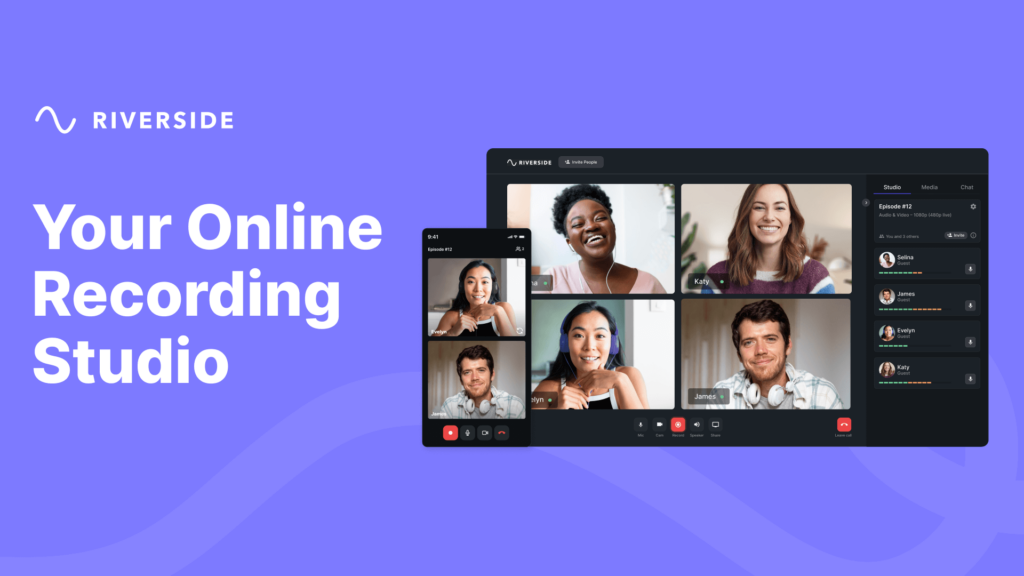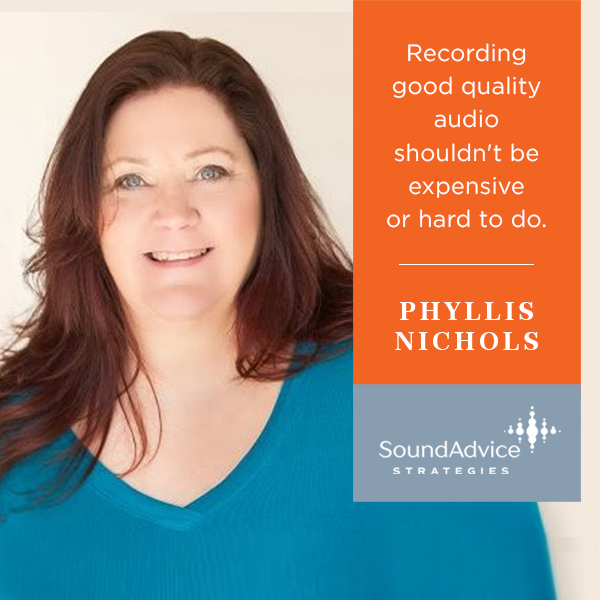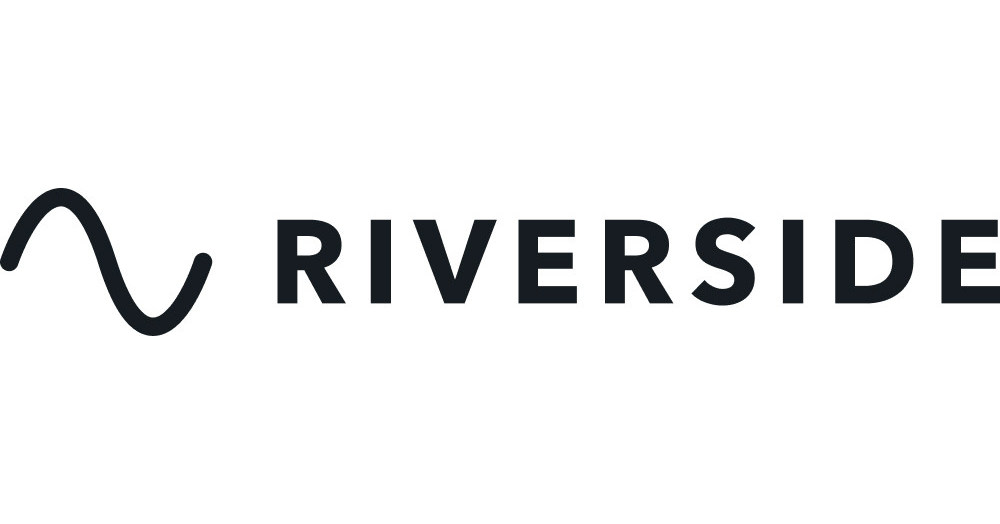Show Notes
Kelvin and I are sharing our recommendation for the recording software we consider one of the best. We’re using this platform and advising our clients to use it as well.
This is one of the things that we are asked about the most. For good reason. Recording good quality audio shouldn’t be hard to do, or overly expensive. There are lots of options out there and we’ve tried many of them. Clients send us files recorded in a variety of ways.
Deciding what to use depends on your podcast style and set up. Here are a few key factors to consider:
- Will you need to record multiple people (or more than 1) in multiple locations?
- Do you want an easy way to invite guests to the session?
- Is video a consideration for collaboration? Do you want to record the video?
- How often do you record and how long are your episodes?
- Cost for the platform
- Ease of use
If you are using Zoom or Squadcast or are considering using Zoom or Squadcast to record your podcast episodes, please take a few minutes to consider if either of those will do everything you need.

A little background.
Kelvin is responsible for ensuring every episode of our client’s podcast is edited in a consistent manner. He also makes software and technical recommendations, provides technical support to clients via email and video and QC’s every episode before it’s uploaded to be published.
In the beginning, we recommended recording with Zencastr. It was and still is a solid platform. One of the best things is that they have a free forever version – and if you don’t care about video or need more than 2 people, this may be a good option for you.
It does a nice job, provides a track for each participant, and has one of the easiest to use interface for guests. All good things.
The key reason we moved away from it is because we ran into a big issue. Audio drift.
Audio drift is when interviews are recording at different frequencies. Zencastr had a hard time handling that. During the recording it was not possible to tell it was happening.
We’d get files to edit with audio drift and it doubled or sometimes tripled editing time to make it sound acceptable.
If it was a combined track, it was impossible to repair the drift. This left clients with something not up to a standard we think is acceptable OR scrapping the episode and recording again.
We did some research and found a platform that could handle audio drift, and provided unrecorded video to facilitate viewing your cohost or guest.
That was Squadcast. We began recommending this platform to our client base and using it ourselves. For a long time (over 2 years) Squadcast was as expected, a stable platform that could handle recording quality audio with no audio drift.
Then Squadcast decided that it wanted to play in the same sandbox as other platforms that have recorded video and decided to add video as a recording option.
Don’t get me wrong, Squadcast was not the only one to do this, Zencastr did it too, but Squadcast has been an unstable platform for several months now because of that change.*
(*Squadcast tells us it was not due to the video but a host problem that has now been fixed.)
There were multiple issues and all of them were frustrating for us and for our clients. The biggest issue was the poor guest recording experience.
Squadcast began dropping out and cutting off the recording. This leaves clients with an aggravating recording session and multiple tracks for each participant, which can then lead to increased editing costs because sessions run longer than normal.
There were times when it was impossible to complete a recording because things were so unstable. Clients gave up and used zoom or had to abandon and reschedule. The last thing we wanted for our clients or their guests.
Because of these issues, we no longer felt comfortable recommending Squadcast as our preferred recording platform.
If you are using Squadcast and want to stay with the platform and hope service quality improves, or if you are not experiencing any issues, that’s great. We know that the people involved with Squadcast are working hard and they have always taken their customer concerns seriously.
We try to be fair and accommodating, but we’ve had shows submitted for editing with 12 tracks – and that’s before an intro or outro. All because they had to start again and again.
For us, and our clients this is not sustainable. Kelvin started doing research and found several new options. He began testing to see if there was a reliable alternative.
In addition to the research, he also talked to various platform representatives at a recent Podcast Movement Conference. That and the results from our early tests have made it easy to make our recommended platform Riverside.fm.
Here are a few reasons why we want you to check out this platform:
- Quality Audio. Locally recorded uncompressed WAV audio for every guest.
- Video Capabilities. Local recording of up to 4K video resolution if needed.
- Up to 8 recorded participants. Schedule and invite up to 8 guests with one click. Guests and producers join with one click.
- Mediaboard. You can upload audio and video files by dragging them to your media library. You can play them during the call or recording.
- Separate Audio/Video Tracks. Each participant has a separate track for more control in post-production.
- Audience Link. Share the recording with anyone and they can watch or call while you are recording with your guest.
- There’s much more including producer mode and controls, streaming capabilities, and screen sharing.
- Price. While they don’t offer a free version, they do give you free time to check out the platform and their monthly options are much less than Squadcast, especially if you want to record video.
That’s a pretty good list of reasons to use Riverside.fm.
There are two things Riverside.fm can’t fix
First is a bad internet signal or internet drops when recording. If you are going to podcast, pay for the internet speed upgrade if you can and ask your guests to log in at a place where they have reliable service. Wi-Fi at Panera or other public places is just asking for trouble.
Which brings me to the second issue. Control of the ambient sound in your space. Almost all of us are recording in a home office (or closet or some other living space) or at work. It may not be possible to control everything, but do your best to minimize paper shuffling, tapping on the table, typing, squeaky chairs (guilty) and of course take care of things like silencing your phone, watch etc. for best results.
There you have it. Not only our recommendation, but we’ll be moving to Riverside.fm for our podcast recordings.
We’ve created a how-to video to help you get started. It’s easy and intuitive and we save you time so use this to make set up on the new platform simple.
One last thing I forgot to mention… Riverside.fm gives you 1 free hour of recording time when you initially sign up, no credit card is required.
You can use our affiliate link: bit.ly/riversidefm
We’re going to interview one of the owners of Riverside soon – they just launched 2.0 and there are some cool new features coming. You can count on us to keep you up to date.
If you try out Riverside.fm reach out and let us know what you think. You can email us at podcast@soundadvicestrategies.com or DM us on IG at soundadvicefm
We’d love to hear from you.


